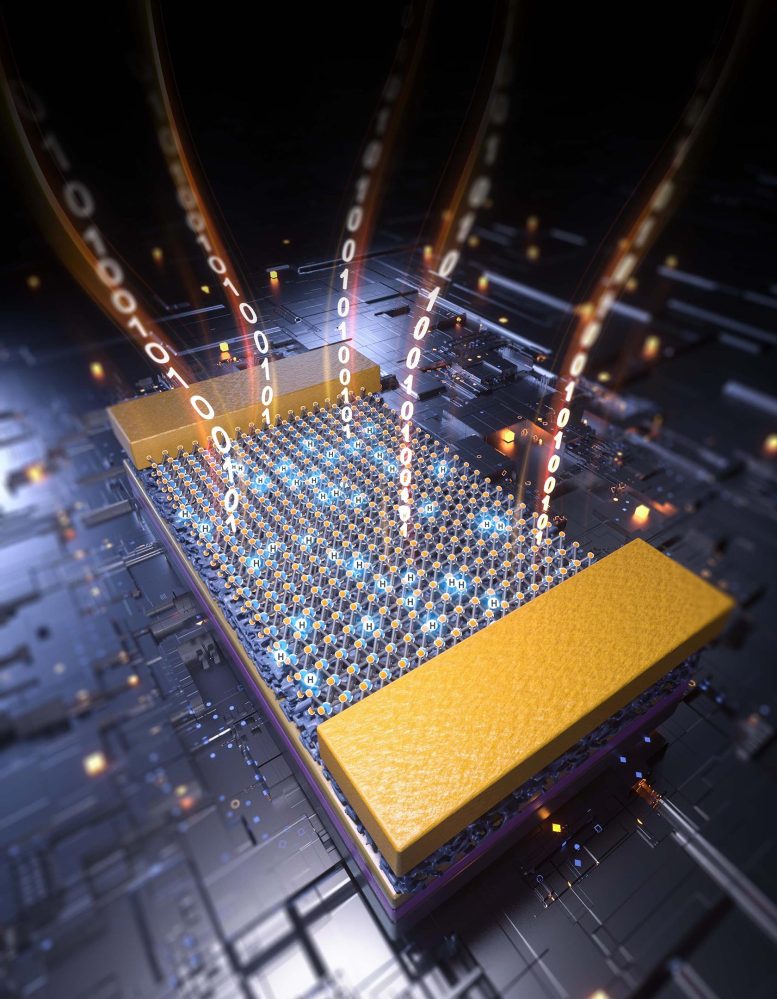
The team aims to enhance the storage capacity of memory devices and ferroelectric neuromorphic computing chips that consume less energy and operate faster. Credit: © 2023 KAUST; Fei Xue.
KAUST-led researchers have discovered a proton-mediated method that induces multiple phase transitions in ferroelectric materials, potentially facilitating the development of high-performance, low-power memory devices, and neuromorphic computing chips.
A proton-mediated approach that instigates multiple phase transitions in ferroelectric materials could pave the way for the creation of high-performance memory devices, including brain-inspired, neuromorphic computing chips, according to an international team of researchers led by KAUST.
Ferroelectric materials like indium selenide are inherently polarized and can change polarity when subjected to an electric field. This characteristic makes them an attractive option for memory technology development. The resulting memory devices exhibit superior read/write endurance and write speeds while operating at low voltages. However, they are constrained by their limited storage capacity.
The capacity limitation stems from the fact that current techniques can only induce a few ferroelectric phases, and recording these phases poses significant experimental challenges, explains Xin He, co-leader of the study. He conducted this research under the guidance of Fei Xue and Xixiang Zhang.
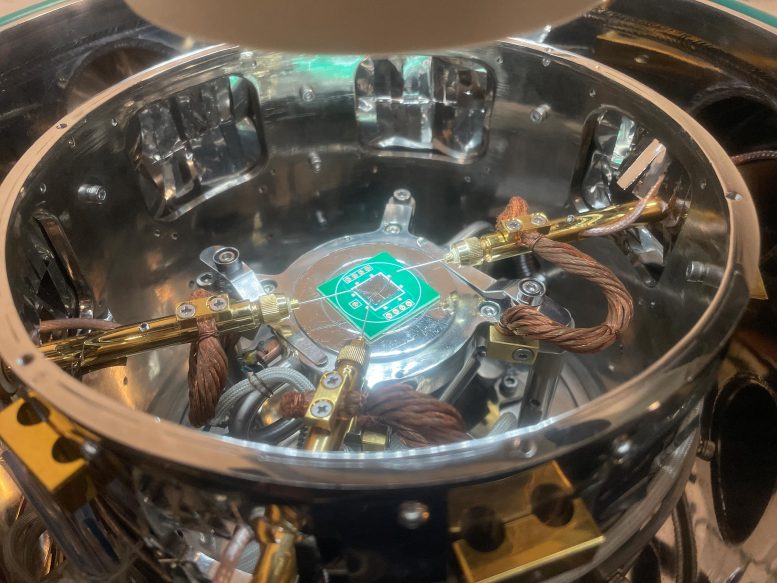
The team’s ferroelectric neuromorphic computing chip, shown here undergoing testing in the lab. Credit: © 2023 KAUST; Fei Xue.
A New Method for Ferroelectric Materials
The team’s novel approach hinges on the protonation of indium selenide to generate a multitude of ferroelectric phases. The researchers incorporated the ferroelectric material in a transistor consisting of a silicon-supported stacked heterostructure for evaluation.
They layered an indium selenide film on the heterostructure, which consisted of an aluminum oxide insulating sheet nestled between a platinum layer at the bottom and porous silica at the top. The platinum layer functioned as electrodes for the applied voltage, while the porous silica served as an electrolyte, supplying protons to the ferroelectric film.
Protonation and its Effects
The researchers gradually injected or removed protons from the ferroelectric film by changing the applied voltage. This reversibly produced several ferroelectric phases with various degrees of protonation, which is crucial for implementing multilevel memory devices with substantial storage capacity.
Higher positive voltages increased protonation, while higher negative voltages significantly reduced protonation levels.
Protonation levels also varied depending on the proximity of the film layer to silica. They reached maximum values in the bottom layer, which was in contact with silica, and decreased in stages to achieve minimum amounts in the top layer.
In an unexpected turn of events, the proton-induced ferroelectric phases reverted to their initial state when the voltage was turned off. “We observed this unusual phenomenon because protons diffused out of the material and into the silica,” Xue elucidates.
Advancements in Low-Power Memory Devices
By creating a film with a smooth and continuous interface with silica, the team achieved a high proton-injection efficiency device that operates under 0.4 volts. This is an essential factor in the development of low-power memory devices.
Xue acknowledges that reducing the operating voltage was a significant challenge, but he explains that the proton-injection efficiency over the interface controls operating voltages and can be adjusted accordingly.
“Our biggest challenge was to reduce the operating voltage, but we realized that the proton-injection efficiency over the interface governed operating voltages and could be tuned accordingly,” Xue says.
“We are committed to developing ferroelectric neuromorphic computing chips that consume less energy and operate faster,” Xue says.
Reference: “Proton-mediated reversible switching of metastable ferroelectric phases with low operation voltages” by Xin He, Yinchang Ma, Chenhui Zhang, Aiping Fu, Weijin Hu, Yang Xu, Bin Yu, Kai Liu, Hua Wang, Xixiang Zhang and Fei Xue, 24 May 2023, Science Advances.
DOI: 10.1126/sciadv.adg4561

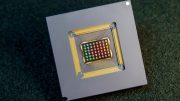
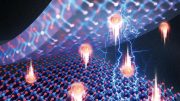
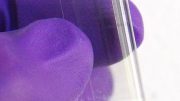
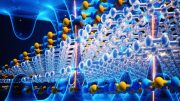
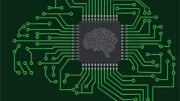
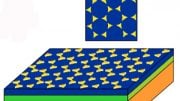

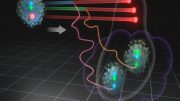
Be the first to comment on "Protons To Power Next-Gen Memory Devices and Neuromorphic Computing Chips"